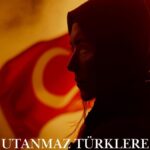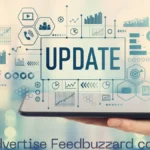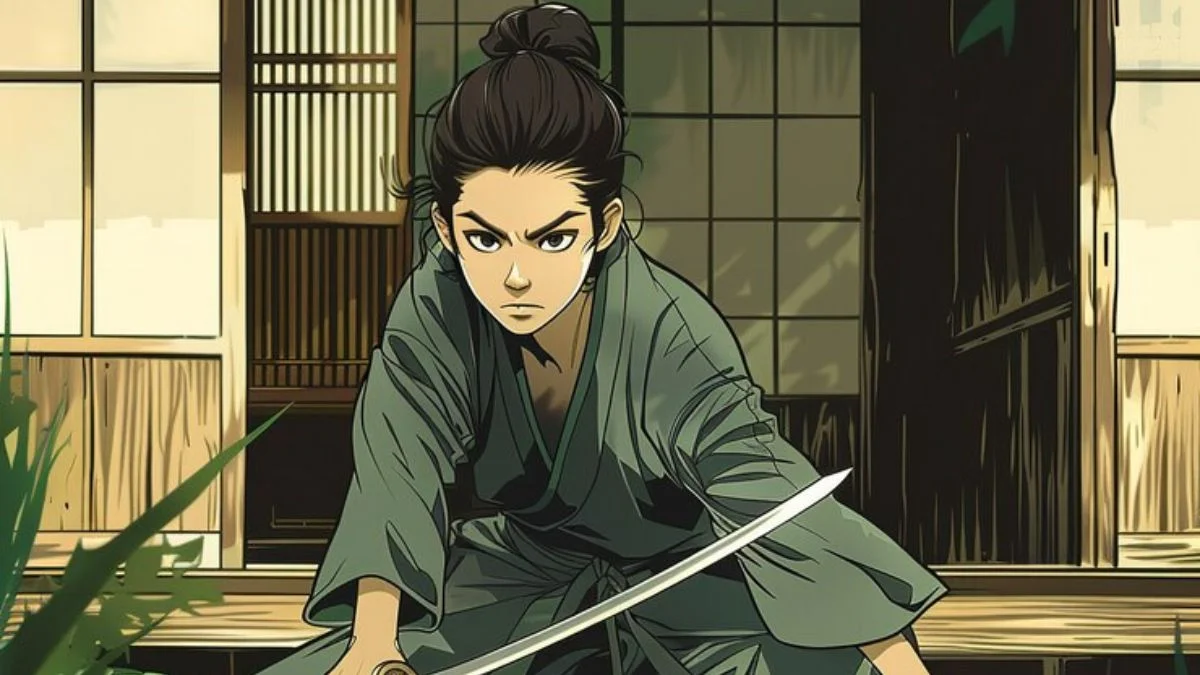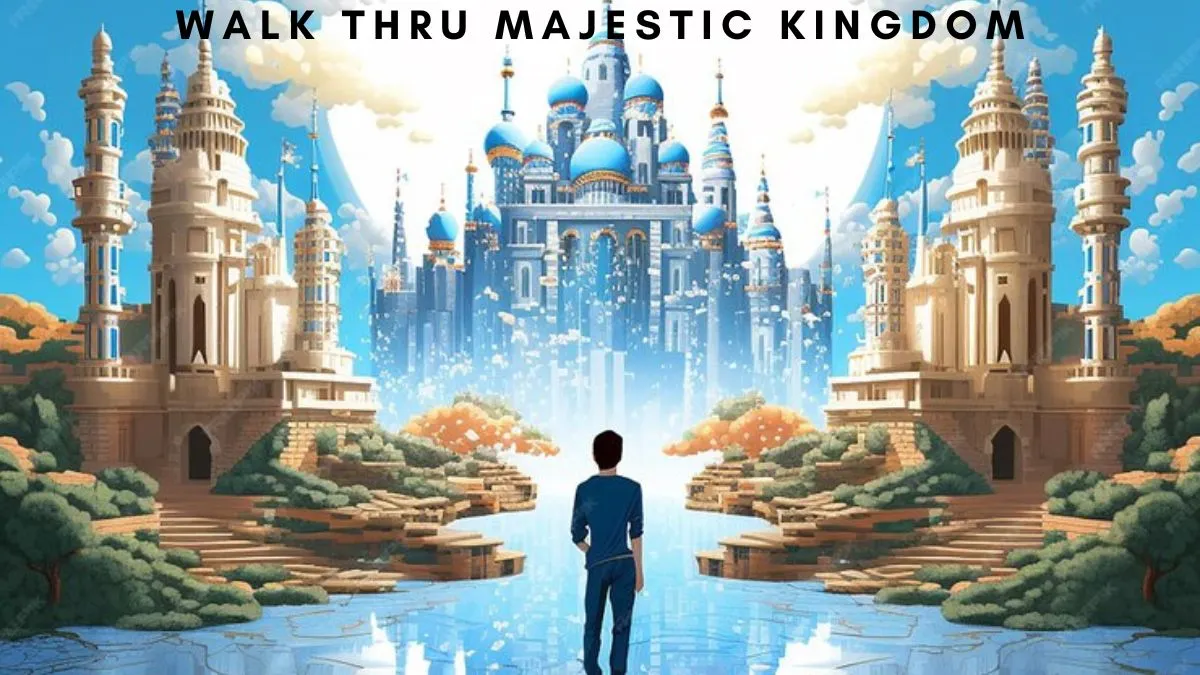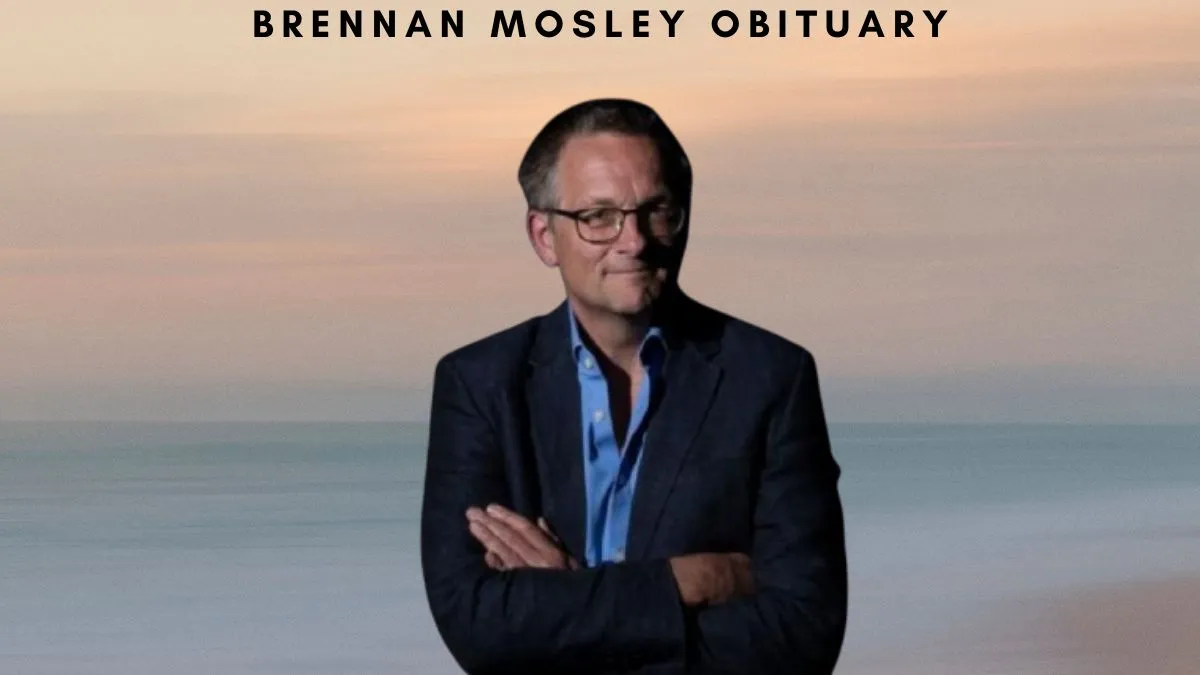Fantasy literature offers countless stories of heroes and villains, gods and mortals, love and betrayal. Yet, few works control to combo those issues with the same level of intensity and complexity as The Disowned Child: Chronicles of Unleashed Divine Bloodlust. This dark delusion series is not your usual hero’s adventure; it’s a visceral, emotionally charged saga that plunges readers into a world formed via divine energy, brutal struggle, and uncooked human (and otherworldly) emotions. In this post, we’ll dive deep into the spell binding international of The Disowned Child, exploring its important themes, rich characterizations, and what makes it a standout in the delusion style.
A World of Gods, Mortals, and Forgotten Heroes
At the heart of The Disowned Child lies a universe wherein gods, mortals, and mythical beings engage in profound, often lethal methods. The putting is vast, comprising diverse geographical regions where celestial and mortal conflicts continually reshape the world. Ancient gods maintain sway over geographical regions beyond mortal comprehension, whilst humanity struggles under the burden of divine meddling. In this world, divine powers aren’t usually benevolent; the gods right here are fallacious, bold, and driven by means of goals and vendettas that mirror the ones of the mortals they rule.
Must read: The Remarkable Journey of Alexandra Leigh Cassar
Meet the Protagonist: The Disowned Child
The protagonist, known most effective because the “Disowned Child,” isn’t any everyday hero. Cast out through each godly lineage and mortal relatives, the Disowned Child is a complex figure haunted by way of loss, betrayal, and a thirst for vengeance. This character is driven by using a mixture of rage, despair, and an insatiable urge to wield the adverse powers inherited from their divine bloodline. However, the adventure is greater than pretty much wielding strength. It’s approximately self-discovery, grappling with the pull of divine bloodlust, and locating redemption in a world that has grew to become its back on them.
Core Themes in The Disowned Child
The collection delves deeply into issues that resonate a ways past its delusion setting. Let’s discover a number of the number one motifs that give this tale its one-of-a-kind aspect:
Betrayal and Redemption: At its middle, The Disowned Child is a tale about betrayal. The protagonist’s lifestyles has been marked through abandonment, first via circle of relatives after which via the gods themselves. The journey closer to redemption is by no means honest; it’s marked by means of the man or woman’s very own ethical ambiguity and the hard choices they ought to make alongside the way.
Power and Corruption: With divine talents comes a thirst for electricity. The Disowned Child struggles to harness their godly powers without succumbing to the corrupting impact that frequently comes with large energy. This internal battle makes the protagonist each feared and revered.
Identity and Belonging: In a world that continuously defines people by way of lineage and energy, the Disowned Child’s quest for identity is deeply resonant. The character’s struggle with self-identity, isolation, and the quest for belonging draws readers in, making this tale more than just an epic fantasy—it becomes a journey into self-discovery.
Character Dynamics and Growth
The character relationships in The Disowned Child are rich and complex, including depth to the tale. While the protagonist’s direction is one among loneliness, there are key allies and adversaries that form their adventure. From fallen heroes who function mentors to treacherous gods who pull them into schemes of cosmic scale, each individual interplay is loaded with anxiety, emotion, and history. This dynamic isn’t always merely a backdrop; it’s a using force that impacts the protagonist’s alternatives and in the end, their destiny.
Exploring the World: Realms of Power and Mystery
The international of The Disowned Child is giant and intricately designed, full of powerful artifacts, ancient temples, and realms that hold secrets lengthy forgotten with the aid of mortals. Each realm has its very own customs, mystical creatures, and landscapes shaped with the aid of divine impact. Whether it’s a nation beneath perpetual storm, a desolate wasteland inhabited by fallen heroes, or a celestial realm with architecture that defies physics, the settings are as an awful lot part of the story as the characters themselves.
Magic System: Divine and Mortal Power
Magic in The Disowned Child is deeply rooted in the bloodlines of gods and heroes. Mortals have their very own types of magic, however divine powers are rare, risky, and regularly come with steep costs. The protagonist’s bloodlust—a manifestation of divine energy—grants capabilities which might be both a blessing and a curse, making magic an vital a part of individual improvement and plot progression.
Why The Disowned Child Stands Out in the Fantasy Genre
While many delusion epics feature gods and mortals clashing, The Disowned Child takes a completely unique method by using focusing on the uncooked, emotional toll of divine electricity. Rather than following a clear direction to heroism, the protagonist’s journey is fraught with morally ambiguous choices and inner struggle. The complicated feelings and relationships depicted here make it a tale that appeals now not best to lovers of motion and magic however also to individuals who revel in deeply introspective testimonies.
A Tale of Unleashed Divine Bloodlust
The name, Chronicles of Unleashed Divine Bloodlust, encapsulates the conflict inside the protagonist. This bloodlust is a image of both power and destruction, representing the unrestrained force of the divine within a mortal shell. The Disowned Child ought to decide whether to embrace this bloodlust or find a way to manipulate it, including a layer of suspense and intensity that continues readers hooked.
Breaking the Mold of Traditional Fantasy
In The Disowned Child, the narrative structure deviates from normal fantasy tropes. Instead of clear differences between correct and evil, the story provides a global in which each man or woman operates within sunglasses of grey. Allies can also develop into adversaries, and enemies might also display unexpected compassion, making the tale unpredictable and clean.
Character Spotlight: Key Figures in The Disowned Child
While the Disowned Child is the valuable focus, several other characters upload intensity and intrigue:
The Fallen Hero: A once-revered warrior who misplaced everything in a divine warfare, this character will become a mentor discern, teaching the protagonist both fight talents and the cruel realities of existence as an outcast.
The Divine Schemer: A god acknowledged for manipulation and deceit, this man or woman regularly interacts with the protagonist, drawing them into schemes that check their loyalty and values.
The Mortal Friend: One of the few mortals who accepts the Disowned Child for who they’re, this man or woman adds a humanizing contact to the tale and challenges the protagonist’s hardened attitude on consider and friendship.
Impact of The Disowned Child on Readers
The journey of the Disowned Child resonates with readers on multiple tiers. This collection explores the emotional toll of abandonment and betrayal, themes which might be universally relatable. By intertwining those private struggles with the grandeur of divine war, the tale offers each escapism and emotional intensity, making it memorable and impactful.
Conclusion
The Disowned Child: Chronicles of Unleashed Divine Bloodlust is a darkish myth saga that is going past conventional storytelling. It’s a story of identification, electricity, and the scars left by using betrayal, with a protagonist whose journey is as unpredictable as it’s miles compelling. By combining rich world-constructing with complicated emotional topics, this series gives a clean take at the myth style. If you’re ready to dive into a global of gods, mortals, and untamed divine fury, this tale promises an unforgettable experience.
FAQs About The Disowned Child: Chronicles of Unleashed Divine Bloodlust
Is The Disowned Child appropriate for young readers?
How does the divine bloodlust paintings inside the story?
The protagonist’s bloodlust is a completely unique manifestation of divine energy, permitting them to unharness vast strength but regularly at a psychological or ethical fee.
Are there sequels or spin-offs inside the works?
While the series has a planned important arc, the author has hinted at capability spin-offs exploring secondary characters and other realms within this universe.
What units The Disowned Child aside from other fantasy series?
Its focus on ethical ambiguity, excessive man or woman improvement, and emotionally resonant subject matters make it stand out from normal fantasy epics.
Can new readers without problems comply with the story?
Yes, the series introduces its international and characters in a manner that’s available, even for the ones new to the fantasy genre.
